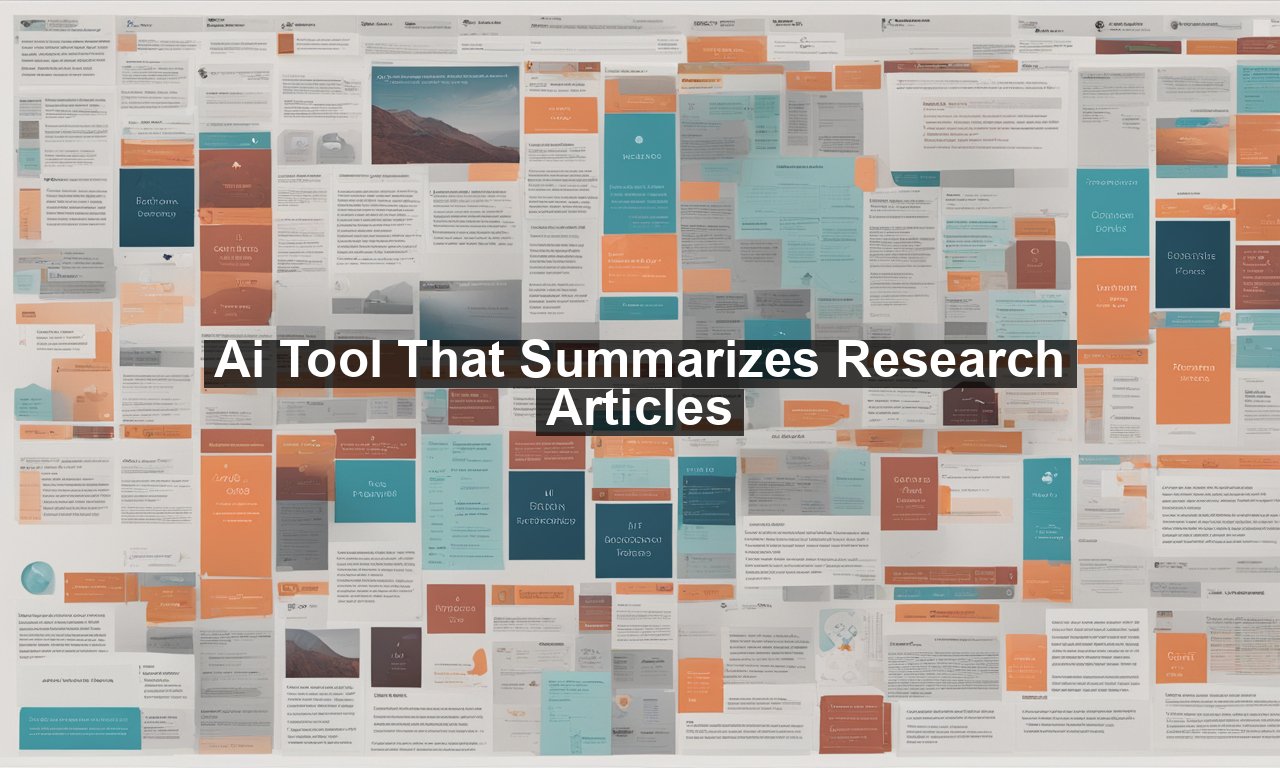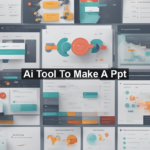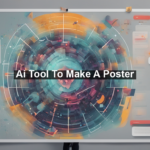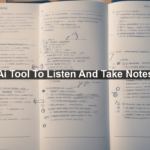Imagine diving into a long, complex research article, only to find that deciphering its myriad details feels more like decoding the enigma machine than a productive endeavor. This experience is all too familiar for many researchers and scholars. Enter the latest marvel in the tech world: an AI tool designed to summarize research articles with incredible precision and efficiency. This innovation is transforming how we interact with academic research, making it easier than ever to access key insights without wading through cumbersome jargon.
## How AI Summarizes Research Articles: A Seamless Process
The AI summarization tools operate through natural language processing (NLP) techniques, ensuring a thorough and nuanced grasp of the text. Essentially, these tools read through the entirety of a research article, understanding its core components such as the abstract, methodology, results, and conclusion. Here’s a rundown of what happens behind the scenes:
1. **Input Analysis**: The AI scans the input document, recognizing key sections and formatting styles.
2. **Contextual Understanding**: Through machine learning algorithms, the tool comprehends the text, identifying the most crucial information.
3. **Summarization**: It then generates a concise summary, highlighting the essential points without losing the original meaning or context.
## Benefits of AI Summarization Tools for Researchers
### Time-Saver for Busy Academics
One of the most remarkable advantages is time efficiency. Research can be a time-consuming endeavor, and sorting through extensive articles is no small part of that. By utilizing AI tools, researchers can save invaluable hours, allowing them to focus on what truly matters: analyzing data, drawing conclusions, and evolving their studies.
### Enhanced Accessibility and Comprehension
Not everyone has the luxury (or patience) to decode densely packed research articles. AI-driven summaries make complex studies more accessible to a broader audience, including students, journalists, and policymakers. These tools distill complicated concepts into digestible tidbits, ensuring that critical research findings reach the ears of those who need them most.
### Increased Productivity
Efficiency speaks volumes in the realm of research. By reducing the time spent on reading and comprehending extensive articles, academics can enhance their productivity. More time can be dedicated to experimentation, hypothesis testing, and other critical aspects of the research process.
### Cross-Disciplinary Utility
AI tools transcend the boundaries of specific disciplines, catering to a diverse range of fields from medical research to engineering and social sciences. Experts from various domains can benefit from these tools, making cross-disciplinary collaboration more feasible and fruitful.
## Common Questions About AI Summarization Tools
### Are AI Summarization Tools Accurate?
Accuracy is a common concern, and understandably so. While no tool is perfect, the majority of advanced AI summarization tools demonstrate high accuracy rates. They continually learn and improve from their interactions, meaning the more they’re used, the better they become at summarizing text. For most practical purposes, the level of accuracy provided is more than sufficient, but for critical applications, it’s always wise to review the summaries.
### How Do These Tools Ensure Confidentiality?
Confidentiality in research is paramount. Reputable AI summarization tools comply with strict data privacy standards. They ensure that the documents processed are not stored long-term or used for any purpose other than generating the requested summary. It’s advisable to choose tools that prioritize and clarify their data handling policies, as detailed by [GDPR guidelines](https://gdpr.eu/).
### Can AI Replace Human Analysts?
AI tools are designed to supplement, not supplant, human intellect. While they excel in summarizing and initial analysis, the subtlety and depth of a human analyst are irreplaceable. Think of it as having a very efficient research assistant – it makes the preliminary work easier and faster but doesn’t replace the need for expert judgment and nuanced understanding.
### Are There Any Downsides?
As with any technology, there are limitations. AI summarization might occasionally miss nuanced aspects or the ‘bigger picture’ that a seasoned researcher would catch. It’s a complementary tool rather than a standalone solution. The key is to use it as a facilitator that enhances your research capabilities.
## Examples of AI Summarization Tools
There are several effective AI summarization tools available today:
– **[SMMRY](https://smmry.com/)**: Well-known for its simplicity, SMMRY offers users a straightforward platform to summarize text efficiently.
– **[Scholarcy](https://www.scholarcy.com/)**: This tool is designed specifically for summarizing research papers, making it a go-to choice for academics.
– **[QuillBot](https://quillbot.com/)**: Not only does QuillBot summarize text, but it also offers paraphrasing and grammar correction, providing a full suite of tools for writers and researchers.
## The Future of AI in Research
The future looks promising with AI tools continually advancing in scope and accuracy. Imagine a world where initial research, literature reviews, and even data analysis can be handled by AI, allowing human researchers to focus on innovation and significant breakthroughs.
### Embracing Change
The integration of AI in research is akin to an evolutionary leap. Just as computers revolutionized data management, AI is poised to transform how we approach and digest academic literature. Embracing these tools not only streamlines the research process but also opens doors to new, innovative methodologies.
In conclusion, AI tools for summarizing research articles represent a significant leap forward in the field of academic research. By saving time, enhancing productivity, and making complex data more accessible, they allow scholars to focus on what they do best: pushing the boundaries of knowledge and making a lasting impact on their fields. As these technologies evolve, they will undoubtedly play an ever-increasing role in shaping the future of research.
Ready to dive deeper into AI technologies? Check out more on the topic from this [detailed article on AI and Machine Learning](https://builtin.com/machine-learning).











